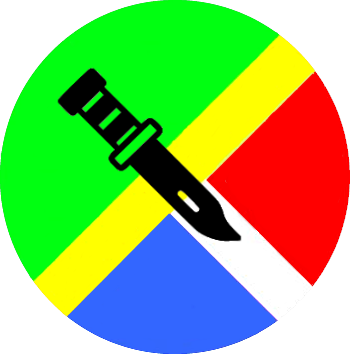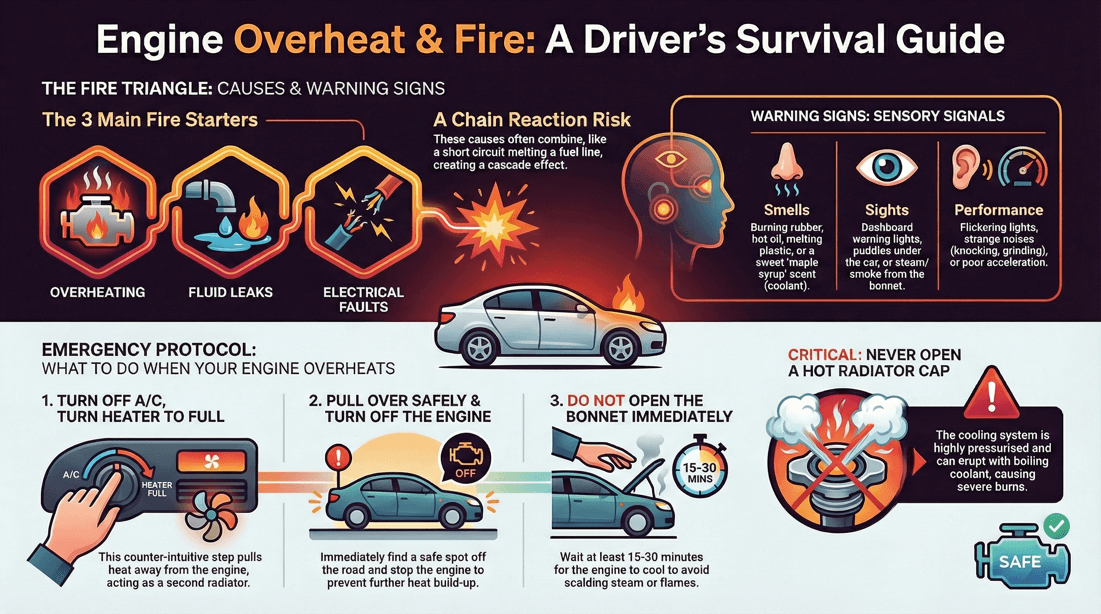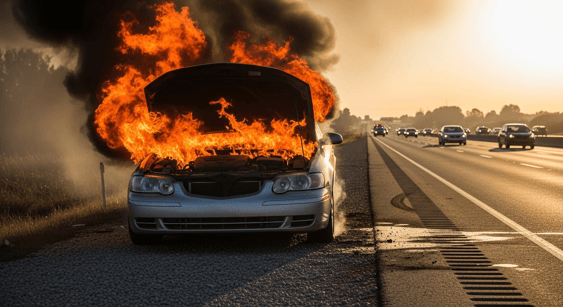? How can you tell if your vehicle is at risk before it’s too late?
Knowing how to recognize early warning signs that your vehicle is at risk of engine failure or fire can make all the difference in preventing a serious accident. Below are the key indicators that your car may be in danger, organized in a logical order and written with SEO-rich language for better search visibility:
Unusual Smells
If you notice burning rubber, oil, or sweet coolant odors while driving, your car may be leaking fluids onto hot engine parts. These smells are common early signs of engine trouble and potential fire risk.
Warning Lights on the Dashboard
The check engine light, oil pressure warning, or temperature gauge rising above normal can indicate internal problems. Never ignore these alerts. They often warn of overheating engines, low oil, or cooling system failure, all of which can lead to engine fires.
Fluid Leaks
Spots or puddles under your parked vehicle may signal leaking oil, transmission fluid, coolant, or even fuel. These leaks are among the top causes of car fires, especially when fluids come into contact with heated components under the hood.
Electrical Issues
Dimming headlights, flickering dashboard lights, or the smell of melting plastic can point to wiring problems or short circuits. Faulty electrical systems are a leading cause of car fires and often accompany engine failure.
Overheating Engine
If your engine frequently runs hot or your radiator is steaming, take action immediately. Consistent overheating can damage gaskets and seals, leading to oil or coolant leaks and increasing fire risk.
Poor Acceleration or Strange Noises
Unusual knocking, ticking, or grinding noises from the engine may mean internal damage. If your vehicle hesitates, stalls, or struggles to accelerate, your engine health could be deteriorating fast.
Burning Smoke or Steam
Smoke—especially black or blue—coming from the hood is an urgent red flag. It often means fluid is burning or the engine is severely overheating. If you see smoke, pull over safely and shut off the engine.
⧋


